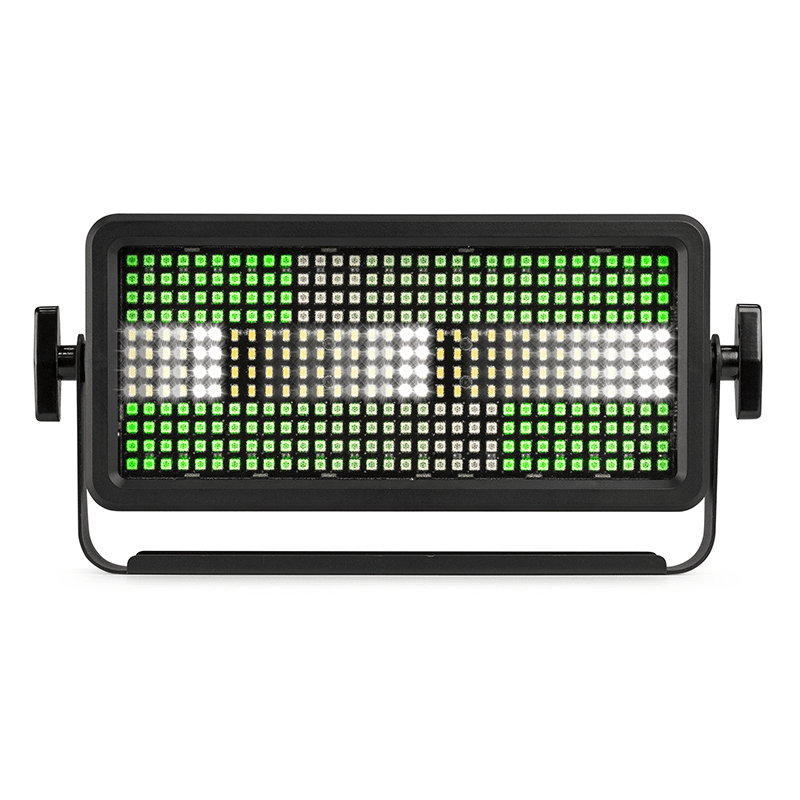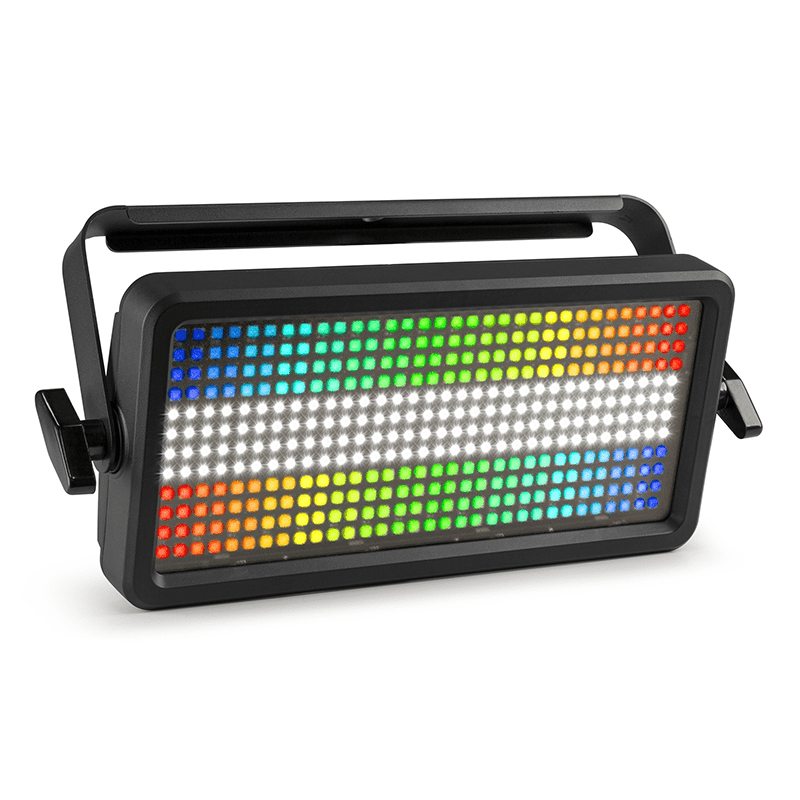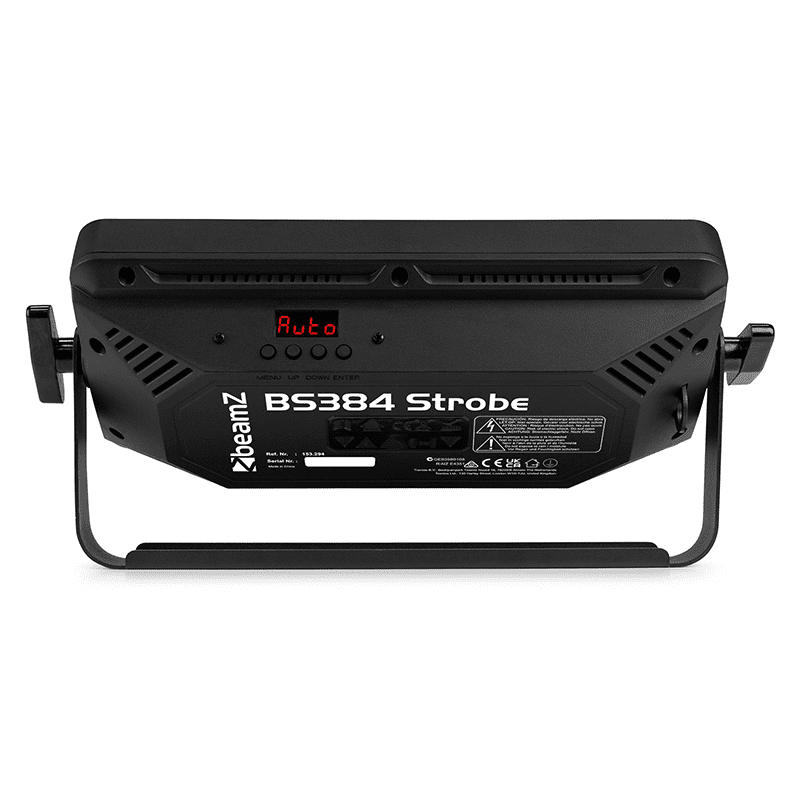Introduction
In the world of live events and theatrical productions, lighting plays a crucial role in creating the desired atmosphere and enhancing the overall experience for the audience. Among the various lighting effects used by professionals, stroboscopes stand out for their ability to add excitement, intensity, and dramatic flair. This article explores the use of stroboscopes in live shows and theatre, detailing their effects, applications, and the unique impact they bring to any performance.

What is a Stroboscope?
A stroboscope, commonly referred to as a strobe light, is a device that produces regular flashes of light at high speeds. These flashes create a visual effect that can make moving objects appear as if they are standing still or moving in slow motion. This optical illusion is widely used in live events and theatrical productions to create dynamic and captivating visual effects.
Effects of Stroboscopes in Live Shows
Creating Visual Drama
One of the primary uses of stroboscopes in live shows is to create dramatic visual effects that captivate the audience.
- Freeze-Frame Effect: The rapid flashes of a stroboscope can make fast-moving performers or objects appear as if they are frozen in time, adding a surreal and otherworldly element to the performance.
- Enhancing Action Sequences: During high-energy segments, such as dance routines or action scenes, stroboscopes can intensify the sense of motion and excitement, making the performance more dynamic and engaging.

Building Tension and Suspense
In theatre and live shows, lighting is often used to build tension and suspense, and stroboscopes are particularly effective in achieving this.
- Pulsing Light: A stroboscope can create a pulsing light effect that heightens the tension of a scene, especially during moments of conflict or suspense.
- Sudden Flashes: Sudden bursts of strobe light can startle the audience, adding an element of surprise and keeping them on the edge of their seats.
Applications of Stroboscopes in Theatres
Enhancing Special Effects
In theatrical productions, stroboscopes are frequently used to enhance special effects, adding to the overall impact of the scene.
- Storms and Lightning: Stroboscopes are often used to simulate lightning during storm scenes, creating a realistic and dramatic effect that enhances the atmosphere of the production.
- Supernatural Elements: In productions involving supernatural themes, stroboscopes can be used to create eerie, unsettling effects that suggest the presence of otherworldly forces.
Accentuating Dance and Movement
Stroboscopes are also popular in dance and movement sequences, where they can add a unique visual element to the choreography.
- Slow Motion Effect: By carefully adjusting the flash rate, a stroboscope can create a slow-motion effect that accentuates the movements of the dancers, making the performance more visually striking.
- Rhythmic Lighting: In musical theatre, stroboscopes can be synchronized with the rhythm of the music, creating a rhythmic lighting effect that complements the choreography.

Why Use Stroboscopes in Live Events and Theatres?
Versatility
One of the key advantages of stroboscopes is their versatility, making them suitable for a wide range of events and productions.
- Adaptable to Different Genres: Whether it's a rock concert, a contemporary dance performance, or a dramatic play, stroboscopes can be adapted to suit the style and mood of the event.
- Easy Integration: Stroboscopes can be easily integrated into existing lighting setups, allowing lighting designers to enhance their designs without extensive modifications.
Conclusion
Stroboscopes are an essential tool in the arsenal of lighting designers, offering the ability to create dynamic, dramatic, and engaging visual effects that enhance live shows and theatrical productions. Whether used to simulate lightning, accentuate movement, or build suspense, stroboscopes add a layer of excitement and intensity that elevates the overall experience for the audience.